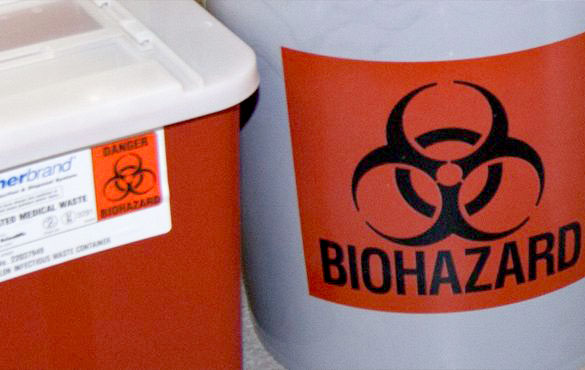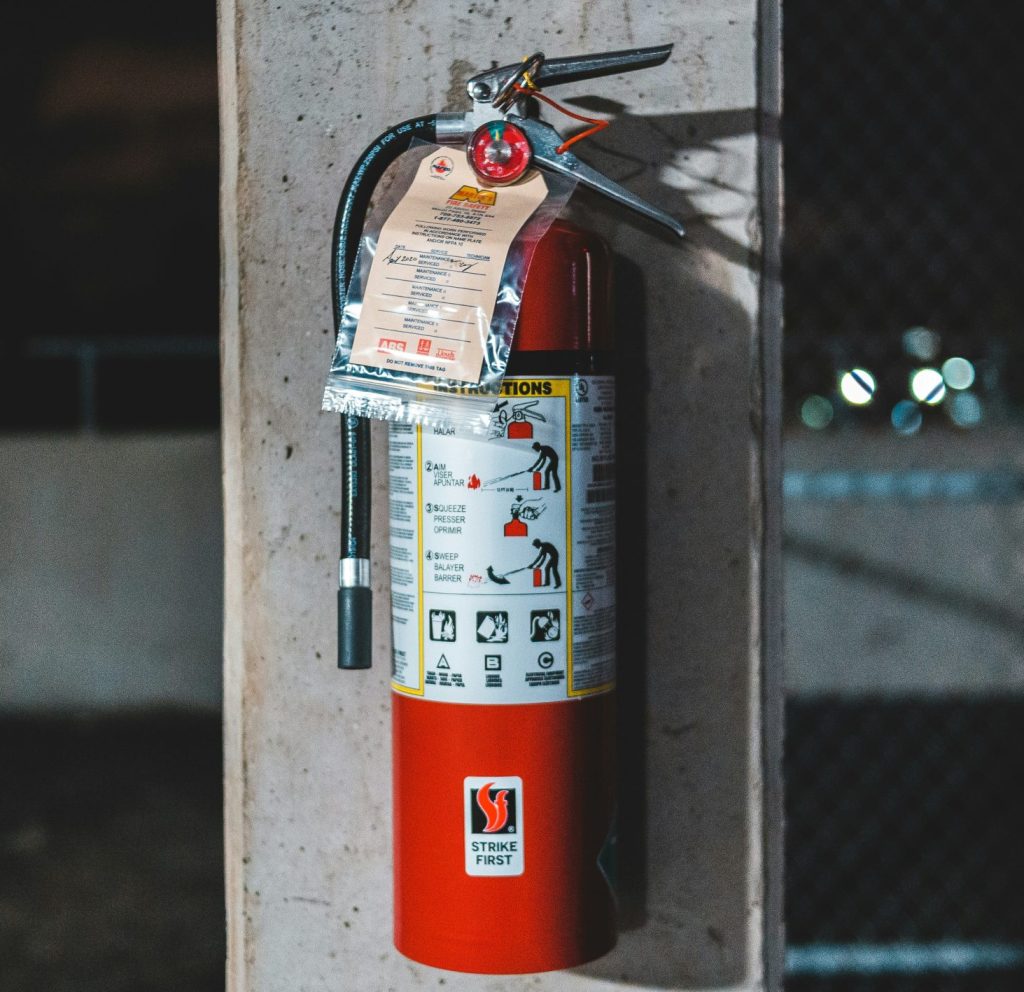Physical Hazards
Lab directors (faculty/lab managers/supervisors) are responsible for operational and day-to-day health and safety in the workplace, including health and safety when working with animals. However, personnel are equally responsible for knowing the physical hazards when working with animals and for following the safe work practice precautions designed by the lab director.
Guidelines
The Animal Handler Occupational Health & Safety Program details a complete program for all personnel having contact with:
- Animals
- Non-fixed or non-sterilized animal tissues, fluids, or wastes
- Non-sanitized animal caging or enclosures
- Animal equipment, devices, or facilities, for repairs or maintenance
Bites and Scratches
Injury from animal bites or scratches present two risks to animal handlers:
- Tissue damage
- Infections from some disease-causing agents (pathogens) found on the oral mucous membranes or in the saliva of laboratory animals.
Although the bites and scratches inflicted by small animals usually result in only minor wounds, those inflicted by larger animals can result in substantial tissue damage.
Prevention: Use proper handling techniques and personal hygiene practices.
More Information
The following links require a UM-Login to view:
Allergies to animals
Animal allergies are among the most common conditions that adversely affect the health of personnel involved in the care and use of animals in research. Allergies can be manifested as:
- Allergic rhinitis (characterized by runny nose and sneezing)
- Asthma
- Contact urticaria (hives)
Allergy to animals is particularly common in workers exposed to animals such as cats, rabbits, mice, rats, gerbils, and guinea pigs. Symptoms typically develop within the first year after a person begins working with animals but may appear even years later.
Prevention
- House and handle animals in a ventilated area
- Wear gloves and protective clothing
- Change animal cages frequently
- Use a ventilated cage changing station when changing animal cages
More Information
- Review the Differences between Masks and Respirators
Sharps
Sharps are items in a laboratory that, when not handled properly, can result in a needle stick or cut such as:
- Needles
- Broken glass
- Syringes
- Pipettes
- scalpels
Sharps pose a health risk when they are contaminated with infective organisms that are introduced to personnel from a needle stick or cut.
Prevention
- Place all sharps in the puncture-resistant and leak-proof containers in the animal housing rooms and laboratories
- Never recap needles after use
- Only dispose sharps in EHS-approved sharps container
- Do not overfill the sharps container
Field Research
Field research exposes personnel to physical hazards not found in an indoor working environment, click here to learn more.





